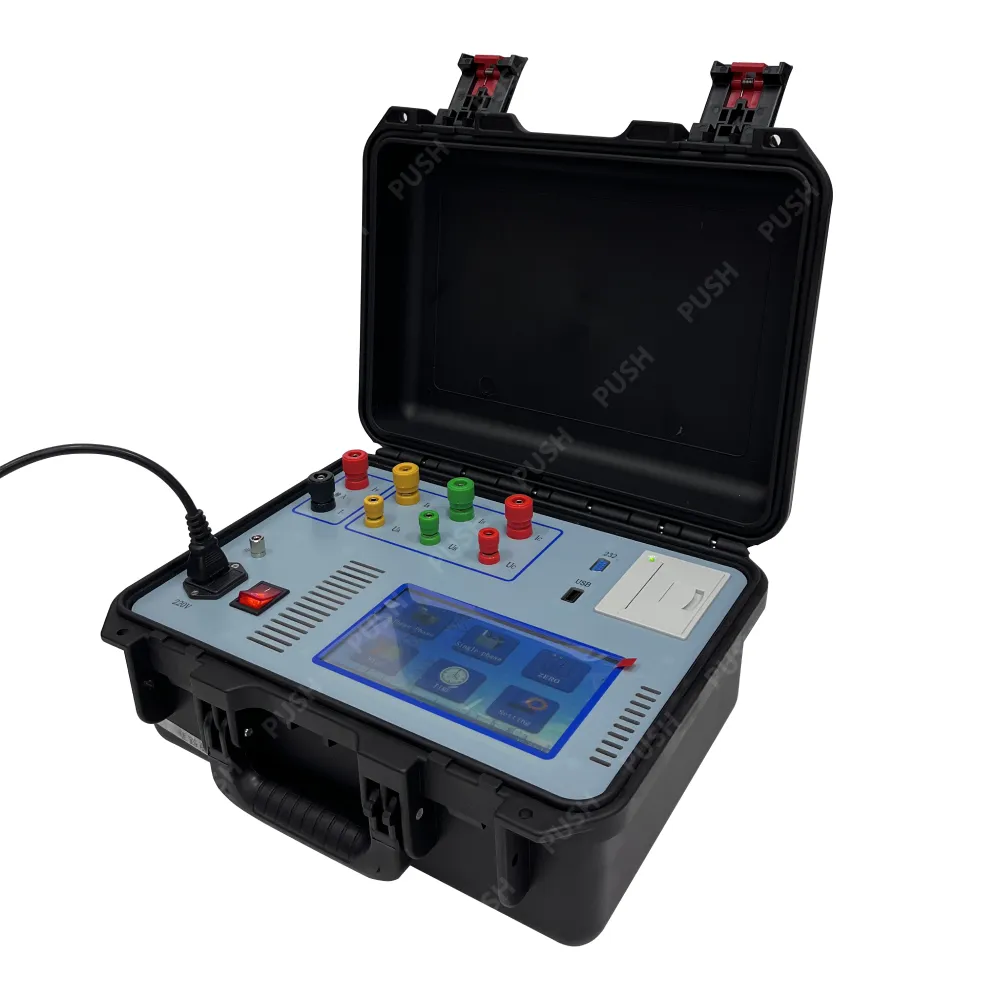 English
English


Comprehensive Overview of Methods and Techniques for Transformer Testing and Analysis
Understanding Transformer Testing A Comprehensive Overview
Transformers are essential components in electrical power systems, acting as critical links between different voltage levels. Their primary function is to convert electrical energy from one voltage level to another while maintaining the overall efficiency and safety of the power distribution network. Given the vital role transformers play, rigorous testing is imperative to ensure their reliability, efficiency, and safety. This article will discuss the key types of transformer testing methods commonly employed to assess their performance, including routine tests, type tests, and special tests.
Routine Tests
Routine tests are standard evaluations conducted on every transformer to ensure they meet specific operational criteria. These tests are usually performed in accordance with international standards, such as those set by the International Electrotechnical Commission (IEC) and the American National Standards Institute (ANSI). Routine tests typically include
1. Winding Resistance Testing This test measures the resistance of the windings to ensure they are within acceptable limits. High resistance can indicate problems like loose connections or damaged windings. 2. Transformer Turns Ratio (TTR) Test This test helps verify the transformer’s turns ratio to ensure it performs according to specifications. Any discrepancies in the turns ratio can lead to voltage imbalance.
3. Insulation Resistance Testing This test assesses the condition of the insulation between windings and the ground. Insulation resistance should remain within prescribed limits to prevent electrical faults.
4. Power Factor Testing This evaluates the dielectric losses in the transformer’s insulation system. A high power factor indicates low losses and better insulation quality.
Type Tests
Type tests are comprehensive assessments performed on a sample of transformers during the design phase or after a new transformer model is produced. These tests evaluate the transformer’s performance under various conditions to ensure adherence to industry standards. Common type tests include
1. Temperature Rise Test This evaluates the ability of the transformer to dissipate heat generated during operation. It ensures that the design can keep the working temperature within safe limits under load conditions.
list of transformer testing

2. Short Circuit Test This test simulates a short circuit condition to assess the transformer’s ability to withstand fault currents without sustaining catastrophic damage. It helps determine the short circuit impedance, which is crucial for protective device settings.
3. Impulse Voltage Test This test checks the transformer’s insulation strength against lightning strikes and switching surges. Insulation failures can lead to dangerous faults, making this assessment critical.
Special Tests
In addition to routine and type tests, special tests may be conducted to address specific concerns or to evaluate the transformer’s performance in certain conditions. Some examples include
1. Dissolved Gas Analysis (DGA) This is a crucial diagnostic tool used to identify potential issues within the transformer’s insulation oil. By analyzing gases dissolved in the oil, technicians can detect early warnings of insulation breakdown or overheating.
2. Vibration Analysis This helps in identifying mechanical issues and ensuring that the transformer operates smoothly without excessive vibrations, which could cause wear and tear over time.
3. Thermographic Inspection Infrared thermography can be used to detect hot spots in electrical connections or equipment, signifying potential failures before they escalate.
Conclusion
Transformer testing is a multifaceted process designed to ensure the reliability, efficiency, and safety of these critical electrical devices. By employing a variety of testing methods—including routine, type, and special tests—engineers can effectively assess the performance of transformers under various conditions and identify potential issues before they lead to failure. This proactive approach not only enhances the lifespan of transformers but also contributes to the stability and safety of the entire power distribution network.
-
Differences between open cup flash point tester and closed cup flash point testerNewsOct.31,2024
-
The Reliable Load Tap ChangerNewsOct.23,2024
-
The Essential Guide to Hipot TestersNewsOct.23,2024
-
The Digital Insulation TesterNewsOct.23,2024
-
The Best Earth Loop Impedance Tester for SaleNewsOct.23,2024
-
Tan Delta Tester--The Essential Tool for Electrical Insulation TestingNewsOct.23,2024





